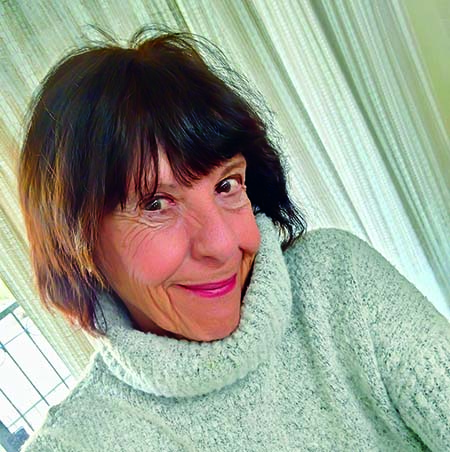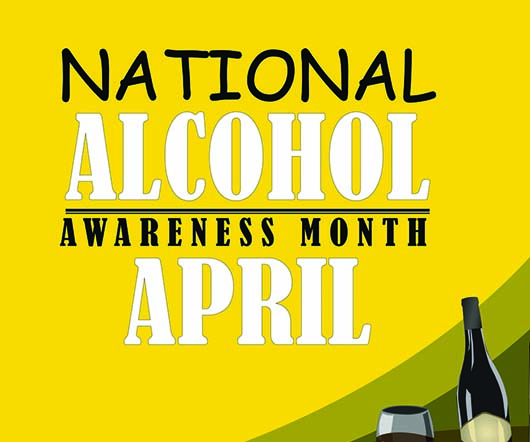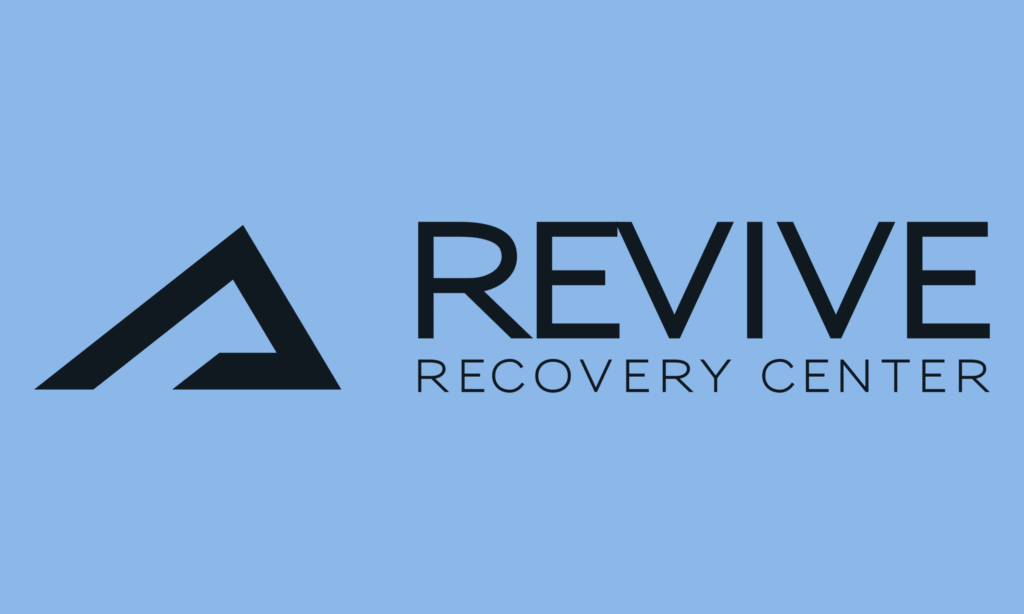This month I felt the necessity to run this article by Greg Williams… see you next month! By Greg Williams Recently Starbucks announced it would expand its offerings and start...
This month I felt the necessity to run this article by Greg Williams… see you next month!
By Greg Williams
Recently Starbucks announced it would expand its offerings and start selling alcoholic drinks in the evening in thousands of its stores. The move was touted by chief executive Howard Schultz as a strategy for the company to grow profits by increasing the average sale per customer.
Schultz’s shareholders no doubt exchanged a mental fist-bump. But the celebration may be short-lived once they realize they are in danger of turning away a key coffee-consuming segment: more than 23 million Americans living in recovery from substance-use disorders.
Starbucks spokeswoman Lisa Passé called it “a natural progression for Starbucks as we seek to create a new occasion for customers to gather, relax and connect with each other in the evenings.” What Passé did not mention was why a lot of customers already gather, relax and connect at Starbucks — helping to make it the largest coffee chain in the world.
Every day, people in recovery meet up in Starbucks cafes to support one another, to talk to their 12-step sponsors and, most of all, to be welcomed in one of the few lively, popular, alcohol-free gathering places in their community.
Starbucks should pay special attention to them.
One of the most useful concepts in business is the Pareto principle, or what is commonly known as the 80/20 rule. This widely adopted marketing principle — that 20 percent of input causes 80 percent of the result — suggests that 80 percent of all coffee consumed at Starbucks is derived from just 20 percent of their consumer base.
And who might be part of that base? The October 2008 issue of the journal Alcoholism: Clinical and Experimental Research found that 88.5 percent of those studied who were in recovery from alcoholism drank coffee. Thirty-three percent of those coffee drinkers drank more than four cups a day. That means millions of recovering people drink coffee, and a third of them drink a lot of it.
Close your eyes and picturd a 12-step meeting room, you’d probably picture a coffee urn and plastic foam cups. After a meeting, you’d see groups of people leaving together to head for the local Starbucks.
In short, Schultz may be adding a new set of customers who bring in a $20-plus sale once a week. But if the evening culture of the cafes turns into a hybrid bar scene, Starbucks will be at serious risk of forcing out a devoted set of high-volume existing customers. Many of them may already spend more than $20 a day on alcohol-free beverages.
If Starbucks executives studied this market demographic, perhaps they would think twice about this move. They don’t have to be driven by the spirit of supporting people’s journey of recovery from addiction. They could do it just for their shareholders.
Greg Williams, who has been in recovery from alcohol and drug use for more than 12 years, wrote and produced the documentary “The Anonymous People.”


























